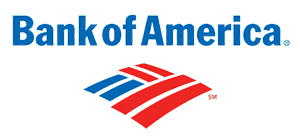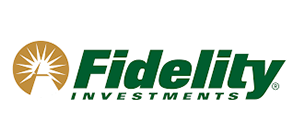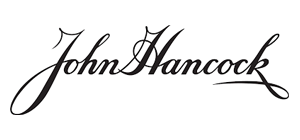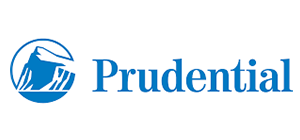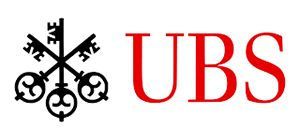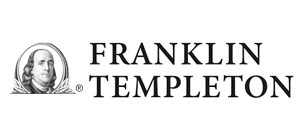Active vs. Passive Debate Aside, Ivy Endowment Allocations to Private Markets Appear Justified
The endowment model, and active management in general, has come under increased scrutiny, while indexed, or passive, products have grown in popularity and number. Regardless of where you stand on that debate, it's hard to deny that the Ivies approach to asset allocation has been very good.
Pioneered by Yale endowment CIO David Swensen, the endowment model is characterized by long-term investment horizons and increased risk budgets, with significant allocations to alternative asset classes, including private and illiquid investments. As such, allocations by Ivy endowments to private equity, venture capital and real estate have increased significantly in recent years.
Over that period of time, the endowment model, and active management in general, have come under scrutiny, while indexed, or passive, products have grown in popularity and number. Our own analysis of Ivy performance showed that every Ivy endowment underperformed a passive 60-40 Equity/Bond portfolio (a common endowment benchmark) over the past 10 fiscal years (FY2009-FY2018).
This leads to an obvious question: is the endowment model, with its focus on private and niche investments, justified?
To answer this question, we compared the asset allocations of Ivy endowments to the most efficient mix of the same assets with “hindsight 20/20” historical inputs (risk, returns, correlations) for the major asset classes utilized by endowments. In other words, given perfect foresight on the performance of asset classes over the last 10 years, what would be the optimal mix for a specific risk budget pertaining to each endowment portfolio?
Sign in or register to get full access to all MPI research, comment on posts and read other community member commentary.
